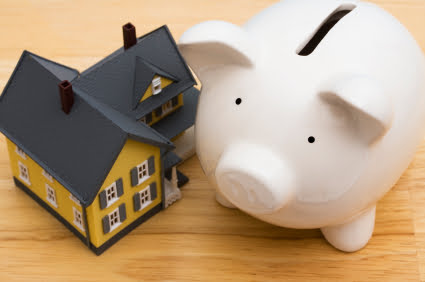Homeowners selling in the current housing crisis are reluctant to accept the reality of how much their properties have declined in value since real estate burst its bubble. They are unwilling to budge from overpricing their homes. In turn, buyers are disinterested and sales volume languishes.
Those who purchased homes right after the Millennium Boom housing peak in 2006 overprice their properties relative to the estimated fair market value by a national average of 14%, according to a report by Zillow. Analysts infer post-bubble home purchasers are the sellers who overprice the most today because they lead themselves to believe they made a clean break from the housing crash when they bought their homes.
Nationally, the report also found those who purchased before the bubble formed in 2002 overprice by 12% while those who purchased during the bubble between 2002 and 2006 overprice by 9%. [For more information on the report data, see Zillow article, Sellers Who Bought Post-Bubble More Likely to Over-Price Home.]
Though selling a home for less than what it was purchased for is certainly an undesirable option for homeowners – and made worse by a short sale if the home is underwater – it is an action they must consider, say real estate economists, in order for prices to stabilize.
Homeowners selling their properties must take into account the home sales volume and prices of their local market as presented in a comparable market analysis (CMA) by their agent if they are to set a realistic listing price. A homeowner’s property is not the only product on the market. Buyers are buying based on what the whole market looks like, not the personal financial situation of the seller. [See first tuesday Form 318]
first tuesday take: Homeowners listing their property today need to take a fork or toothpick or whatever gadget to rid themselves of that wad of gum stuck to the bottom of their shoe, called the sticky pricing syndrome.
Sticky pricing, the illusory hold to the artificially high prices of the Millennium Boom, is a malady which sickens real estate during periods of stagnation. A place like California is particularly susceptible to sticky pricing since California’s real estate bubble grew massive and burst wide. 2,500,000 of homeowners statewide now try everything in their power to just get out from under their negative equity properties. [For more information on how sticky pricing came into effect coming out of the Millennium Boom, see the December 2009 first tuesday article, The flat-line recovery: a side-effect of sticky housing prices.]
Homeowners struck by sticky pricing are living in their own real estate bubble, an illusion barring acknowledgement of the conditions in their local market. Real estate owned properties (REOs) comprised 40% of sales in California in the first quarter of 2011. This inventory will likely continue to claim an equally large percentage of sales in California for the next three to four years as servicers for the big mortgage lenders start to move delinquent properties to foreclosure more quickly.
Overpricing homeowners must wake up to the fact these REOs are their competition and their overpriced properties will remain parked like couch potatoes on the market. [For more information on home sales performance in California in the first quarter of 2011, see the July 2011 first tuesday article, June 2011 Home sales volume.]
Forecasts such as the Case-Shiller Index predict home prices will continue to drop throughout the rest of 2011. So sellers who continue to overprice will dumbly stand with no offers in hand, in willful disbelief over the fair market price of their properties as presented by agents. [For more information on price development for single family residences in California, see the first tuesday chart, California tiered home pricing.]
RE: “Homeowners in Denial About Value of Properties” from the NY Times














